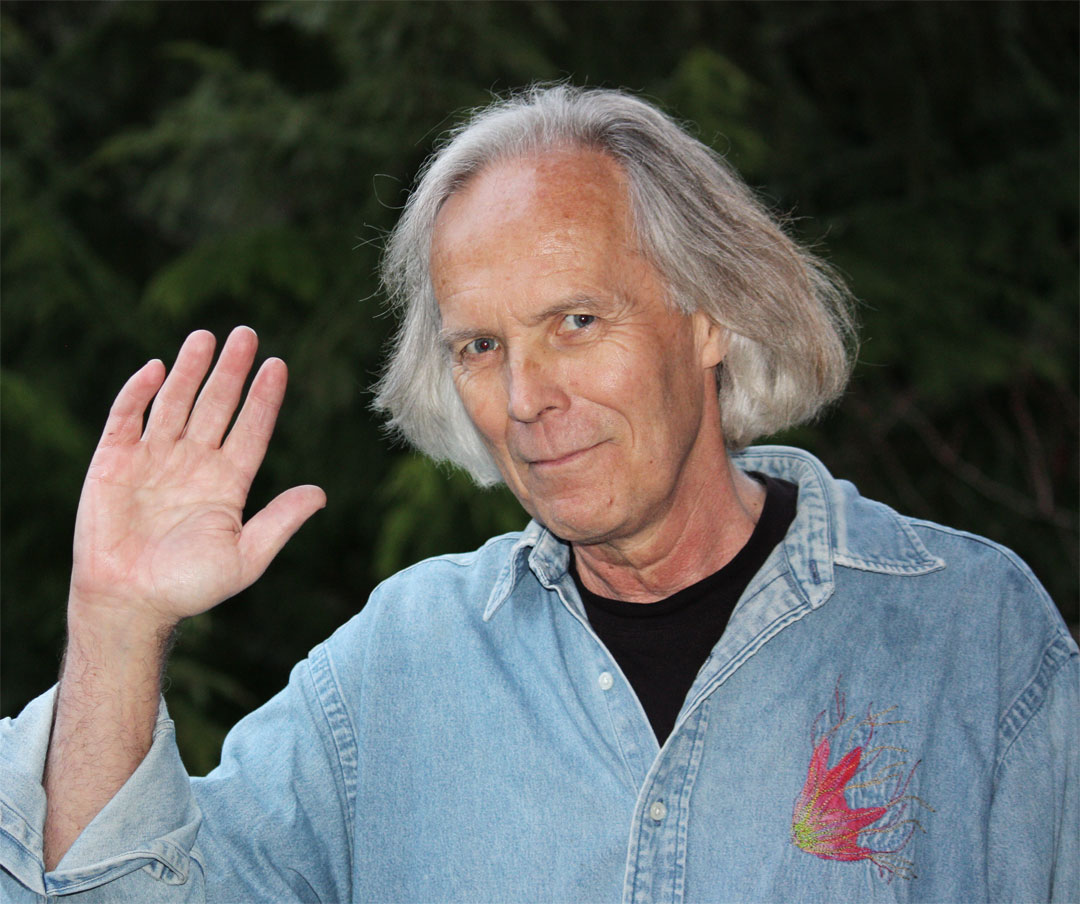
Please take these words with a grain of salt. I myself am generally suspicious of artist statements. If one can explain what one is doing, why bother with images? Or to quote Carl Jung, "Words are coined in negotiable values, images are life".
This project clearly involved a lot of time and effort, so why go to all the trouble? First the darker side, to be concise - recognition and validation. To be seen. I'd like to say the daemon and his co-conspirator the muse made me do it, and while this is largely true, they required fuel - a mostly compensatory grandiosity along with the illusion of filling a void/deficit. Such motivation can carry one a surprisingly long way, though not all the way to anything one pours enough of one's soul into. Before arriving the cycles of death and rebirth come into play, requiring it to become seemingly near nothing before it becomes something.
"Works/Play" is the child of "Notebooks of the Eye" – 14 volumes (actually slide trays) occupying shelf space, tongue-in-cheek next to Jung's "Collected Works". There, I weeded and arranged images until satisfied then started on a new tray. That process, akin (its poor cousin?) to film editing is reinvented here. (Filmmaker, James Broughton, said that 'editing' is a misnomer and proposed the term 'composing'. Filmmaker Andrei Tarkovsky called it, "Sculpting in Time").
"Works/Play, 108 Slide Shows, Museum of a World View" is a single piece composed of 108 still films, and each of the 108 pieces are comprised of individual ones, each photograph. So I should say something of that particular form of image making, of being taken by what I see ('picture taking', another misnomer?). First though, I must confess that while I genuinely love to look at things and usually feel refreshed by natural beauty, photography is in large part an excuse to get me out and about. Or the other way around it gives me something to do while I wander, a device to assuage and trick the work ethic. Augustine said, "All is solved walking". Australian Aboriginals might say something to that effect about their tradition of the 'walkabout', an 'adventure', the etymological root of which means, 'whatever comes or something about to happen'. The Hopi language doesn't have words for our concepts of past, present and future, the closest words translate as, 'what is manifest and what is about to become manifest'. The Latin 'tempus' suggests time is more about weather than number, to be regarded qualitatively. I often embark with my camera as afternoon's harsh flat glare yields to the warm glow of lengthening shadows. I try to remember that what I am seeing is the psyche's processing of reflected light rather than things. Stalking a moment, a window, not so much to escape the sense of time's relentless march as to try to glimpse something of its background, I mostly attempt to be aware of what evokes an inner resonance or what in me is echoed in what I'm seeing. That's really the main thing, a practice of connecting realms.
Another way I go about photography, an alchemical? or manipulative variation (the layered images), is to begin with something that I find compelling but which is not satisfying to me in itself. Then I look for what might enhance, complete or change it into an image I like. [Tech note: About two thirds of the layered images here were done in camera, exposing the same piece of film two or more times. About one third were done on a light table remounting ('sandwiching') two pieces of film in a single slide mount. None were done with image software.]
And of course, there is the choice of making an image or not. When people dream positively about photography, the image tends to hold something for contemplation, suspending onwardness, allowing psyche's natural gravity to perform a deepening. When people dream negatively about photography, the camera often appears as a barrier, a thing between the person and her experience. Thus I feel it's sometimes important not to take a potentially interesting picture. (As sacrifice seems to be unavoidable it's generally less painful when offered than extracted).
And finally, I did all this partly in service of an agenda, primarily involving subversion and seduction. The subverting of assumptions of separateness. A presumed separateness, useful up to a point, but which easily becomes a largely deadening, quantifying, objectifying orientation of hierarchy and domination that has us rapidly lurching toward our undoing. "When we win it is with small things and the triumph itself makes us small." - Rilke*. Failing ever again to eff the ineffable, "this is how he grows: by being defeated, decisively, by constantly greater beings", thanks again Rainier Maria*. So I persist in this riot of whimsy, the only alternative I see to screaming, in hopes of seducing you toward a post something or other animism where the seemingly inert object (quite logically and easily regarded as 'natural' resource to be 'developed') becomes once again a being to be related to, where it's all alive and interconnected, such that self preservation becomes an act of loving, aligning with something way bigger as it makes its way, partially through us, towards itself.
Before signing off, I'd like to express my gratitude to the wild beauty and to the dear ones so essential to my renewal and sustenance. And specifically to Andrew Funke and Chad McNeil, my tech assistants and to Peter James, Louisa McCuskey, Tad Beavers, Patrik Hertzog and Novo, without whose cyberwizardry all this devilment and trickeration wouldn't be here.
Corwin Fergus
* The Man Watching